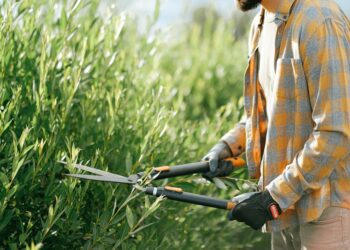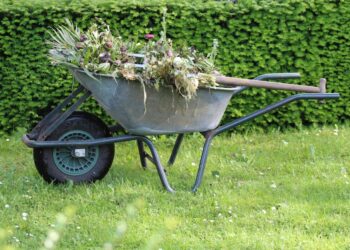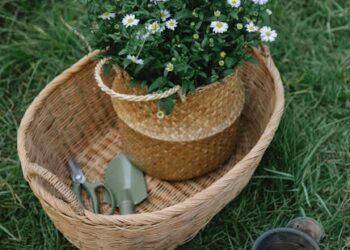Unlocking Your Garden’s Potential: The Essential Guide to Pruning Shears
Whether you are a seasoned gardener or just beginning to green your thumbs, understanding the role of pruning shears in garden maintenance is key to cultivating a thriving outdoor space. Pruning shears aren’t just a tool; they are your partner in helping shape, guide, and promote the health of your plants. Let’s dive into the world of pruning shears, exploring their importance, different types, tips for use, and much more.
Why Pruning Matters in Garden Care
Pruning is not merely about making your garden look organized; it’s a vital practice to enhance the health and productivity of your plants. By selectively removing parts of a plant, such as branches, stems, or roots, you encourage better growth, increase fruit and flower production, and decrease the risk of disease.
The strategic snips made with a good pair of pruning shears can prevent plants from becoming overgrown and competing for light and space. Therefore, understanding pruning’s role is essential for every gardener who wishes to see their garden flourish season after season.
Choosing the Right Pruning Shears
Anatomy of Pruning Shears
Before diving into the types of pruning shears, let’s look at the common features you should be aware of:
- Blades: Typically made from carbon or stainless steel, blades define the precision and durability of the shear.
- Handles: They can be made from various materials including wood, metal, or composite materials, often featuring ergonomic designs for comfort.
- Spring mechanism: Provides the tension needed to open and close the shears effortlessly, which is crucial for ease of use.
- Locking mechanism: A safety feature that keeps the shears closed when not in use.
Types of Pruning Shears
Pruning shears come in various forms, each suited to different tasks:
- Bypass Pruners: Ideal for live plants and green wood, bypass pruners have two curved blades that slide past each other, offering a clean cut.
- Anvil Pruners: Best for dead wood, anvil pruners feature one straight blade that cuts as it closes onto a flat edge or “anvil” – think of it like a knife on a chopping board.
- Ratchet Pruners: These are similar to anvil pruners but with a mechanism that cuts in stages, which is great for those with less hand strength.
Pruning Shears Maintenance Tips
Keeping your pruning shears in good condition not only extends their life but also ensures they are always ready for use. Here are some maintenance tips:
- Clean after Use: Always clean the blades after use to prevent sap and debris buildup, which can dull them.
- Sharpen Regularly: Sharp blades make cleaner cuts and are easier on your hands. Use a sharpening stone or tool designed for shears.
- Lubricate: A drop of oil on the hinge will keep the action smooth and prevent rust.
Best Practices for Pruning
Pruning can be daunting for beginners, but these tips can help you get started:
- Know When to Prune: Different plants need pruning at different times of the year. Research or consult with a local garden expert to find the best time for your specific plants.
- Use the Right Technique: Always cut at a 45-degree angle about 1/4 inch above a bud that faces the outside of the plant. This will help the plant heal faster and grow in the desired direction.
- Clean Cuts: Ragged cuts made by dull shears can create entry points for pests and diseases. Clean cuts heal quicker.
Conclusion: Unleashing the Full Potential of Your Garden with Pruning Shears
Armed with the right pruning shears and the knowledge to use them effectively, you can maintain the health and aesthetics of your garden effortlessly. Remember, every cut is an opportunity to shape your plant’s future growth, so wield your pruning shears with thoughtfulness and precision. With these tools in hand, you’re ready to unlock the true potential of your personal outdoor haven.




















































